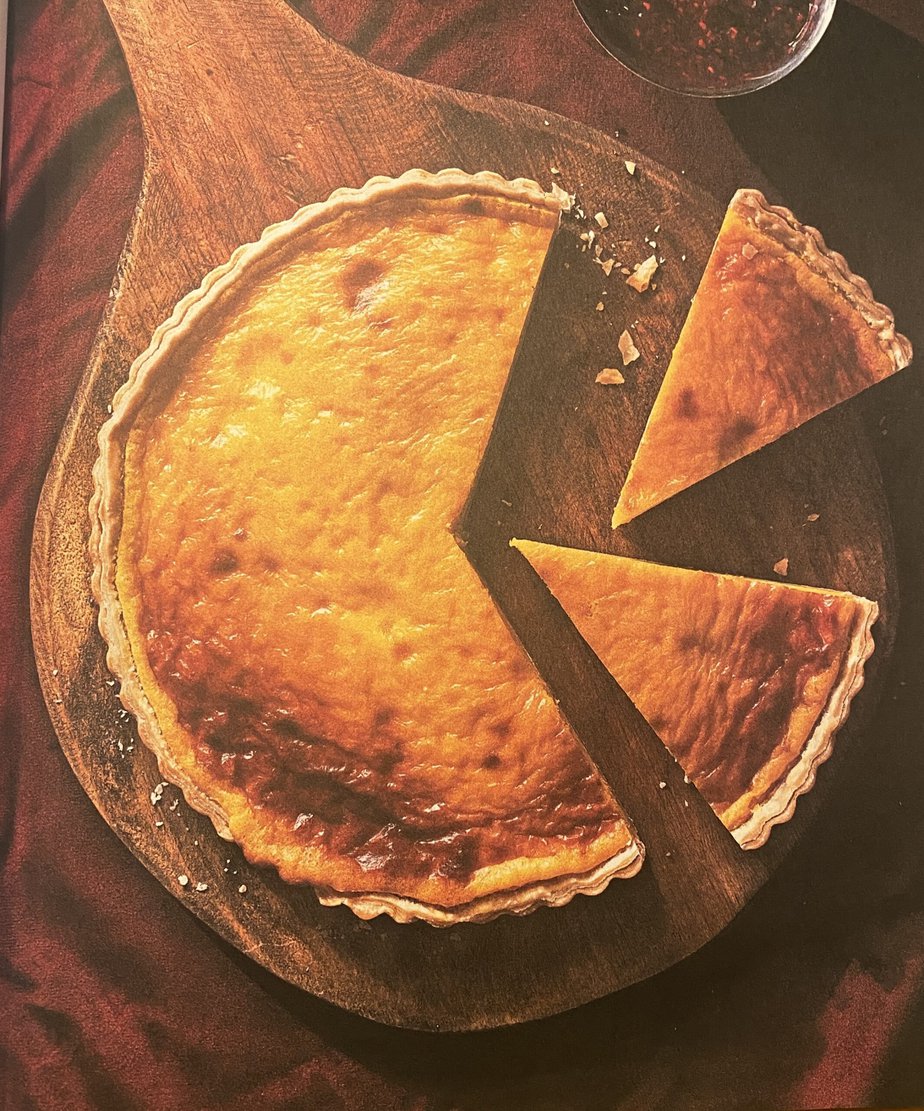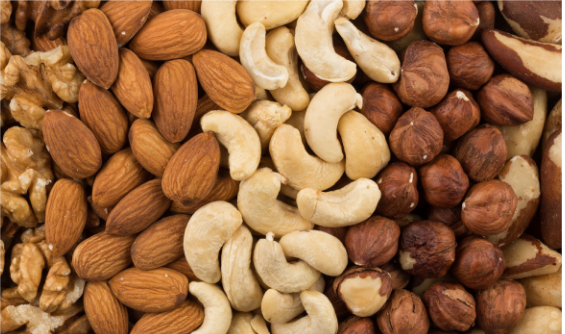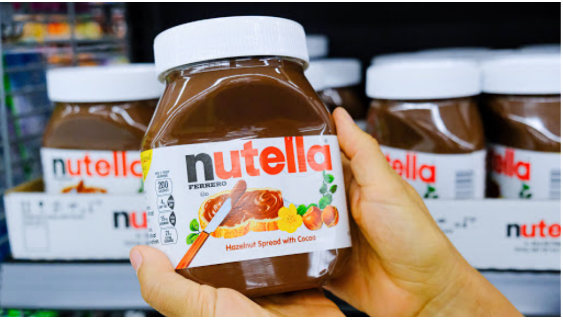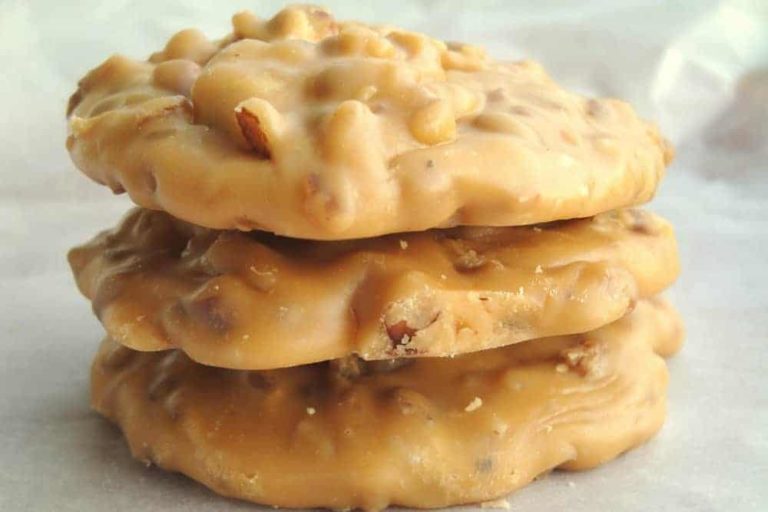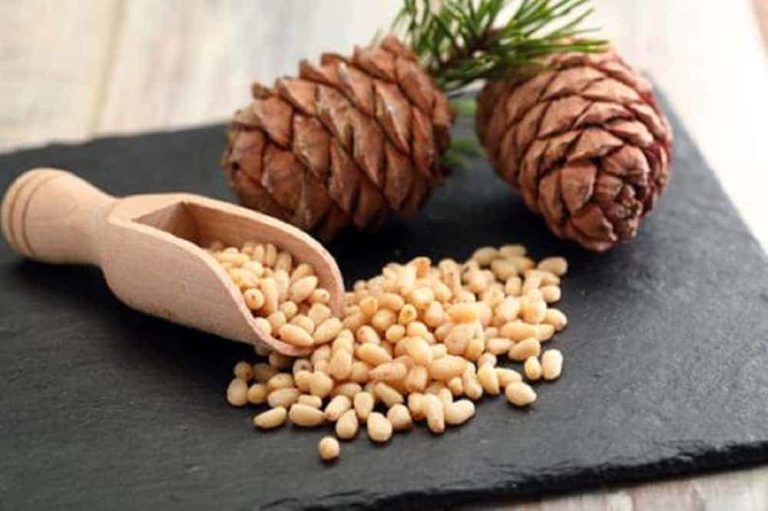Your cart is currently empty!
Tart De Bry
According to legend, in 774 Charles 1, the future Emperor Charlemagne, stopped in at the Priory of Reuil-en-Brie on his way home from defeating the Lombards. The abbot gave the king a bit of their cheese. He was so impressed that he decided to have two cartloads delivered to his palace in Aachen every year thereafter. As with so many things, Charlemagne set the trend regarding cheese.
In 1217, King Philippe-Auguste gifted two hundred rounds of the cheese as New Year’s gifts to the ladies of his court. Who doesn’t appreciate a practical gift? Then, in 1594, Henry IV of France fell under the spell of Tart De Bry when he ate it at a supper with Queen Margot one night at their castle in Meaux.
Afterward, the queen would often request cheese to be an addition to the dinner service for the king. Being an old romantic, he would only eat Brie with the queen rather than his mistress. These medieval kings enjoyed their Brie.

Modern French History Of The Tart De Bry
In June 1791, losing faith that the French Revolution would blow over, Louis XVI decided to flee from the revolting peasants of Paris to the safety of his fortress in Montmédy, two hundred miles away. The royal family concocted a complicated escape plan that involved sneaking out from the Tuileries Palace through unguarded doors at midnight, changing clothes to disguise themselves as servants, using false passports and bodyguards to take a taxi carriage through the backstreets of Paris, then exchanging carriages outside the city and making a mad dash for the fortress. Accordingly, the choreography went unrehearsed, and things didn’t go well on the day of the show.
Before they even got to the carriage, Marie Antoinette got lost and spent several minutes wandering the streets outside the palace. When they eventually got underway, rather than being transported in a nondescript carriage that would allow them to blend in, they were ensconced in a conspicuous coach drawn by six horses. They soon came upon a wedding party that blocked the road and forced them to take a longer route out of Paris.
Another hour was lost when the carriage broke down, and a horse lost their harness. Louis insisted on chatting with peasants at several stops while the horses were changing. Marie Antoinette passed out silver dishes to local officials who had assisted them.
The Last Days Of Louis
Despite these delays and setbacks, they successfully made their way, seemingly undetected, to the town of Varennes, only twenty miles shy of their destination. That is when King Louis began to feel peckish for a bit of Brie cheese and a glass of Burgundy. They stopped at an inn to indulge. Different versions of the story abound, but they all agree that, at some point, the royal couple had shown their faces to the public. This last pit stop allows the revolutionaries to catch up to the royal entourage. Amid their wine and Brie, they were all taken into custody and returned to Paris. After a couple of years in captivity, Louis was marched up to the Guillotine. His last request was for a final taste of Tart De Bry.
Brie Is The Cheese of Kings
With the French monarchy gone, the Cheese of Kings had to find a new champion. Enter Charles-Maurice de Talleyrand-Périgord, French diplomat and the man tasked with saving France’s standing in Europe at the Congress of Vienna in 1815. This was just after the defeat of Napoleon at Waterloo, so he had his work cut out for him. But he had a card up his sleeve: Brie.
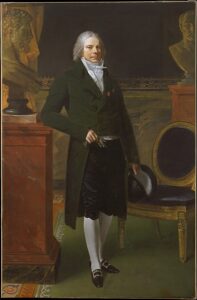
Talleyrand won over the leaders of Europe via a series of opulent dinners, and as the conference drew to a close, he played his ace. In a display of gastronomic diplomacy, Talleyrand held a contest to determine the greatest cheese in Europe. Lord Castlereagh nominated English Stilton, Baron de Falck espoused Dutch Limburger, the Swiss had Gruyère, and Italy, Strac-chino. Fifty-two cheeses were brought to the contest. The last being Talleyrand’s own: a wheel of Brie de Meaux. Brie was a help for France to retain some of its pride as, via a vote by the other nations, it was given the title “Le Roi des Fromages.” No longer just the Cheese of Kings, but the King of Cheese.
Tart De Bry Recipe
Makes one 9-inch Tart. Cook Time: 2 Hours.
For The Crust:
- ½ cup (65 g) powdered sugar
- ½ cup (113 g) salted butter, chilled and cut into ½-inch cubes, plus more for greasing
- 3 or 4 large egg yolks
- 1¾ cups (238 g) all-purpose flour
For The Filling:
- 1 pound Brie cheese
- 6 large egg yolks, lightly beaten
- ½ teaspoon ground ginger
- ¼ cup (50 g) granulated sugar
- Pinch of saffron
- Pinch of kosher salt
- Fresh fruit or fruit compote, if desired, for serving
Cook Instructions:
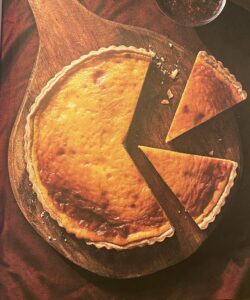
- Make the crust: Sift the powdered sugar into a medium bowl. Add the cubed butter, then use a hand mixer to beat until smooth. Beat in three egg yolks until there is a mix. Sift the flour into the bowl until the mixture forms a loose, crumbly dough. Mix in another egg yolk if the dough is too dry to come together when pinched.
- Form the dough into a ball and put it between 2 sheets of parchment paper. Using a rolling pin, flatten the dough into an 11-inch (28 cm) disk that’s ⅛ to ¼ inch thick. Put the dough and parchment in the refrigerator to chill for 20 minutes. Lightly grease a 9-inch (1-inch deep) tart pan with butter and set aside.
- Once the dough has chilled for 20 minutes, please remove it from the refrigerator and discard the parchment. Transfer the dough to the prepared tart pan and gently press it into the bottom and up the sides. Cover the pan in plastic wrap or foil and return it to the refrigerator for 20 minutes more.
- Preheat the oven to 375°F/190°C. Set the oven rack in the lower middle of the oven.
- Once the pan is cold, remove it from the refrigerator. Trim any excess dough hanging over the edge of the pan, then use a fork to prick the bottom of the crust all over. Line the crust with parchment and fill with pie weights. Put the Tart De Bry on a rimmed baking sheet on the lower-middle rack of the oven until the edges begin to brown, about 12 minutes. Remove from the oven and carefully remove the parchment and pie weights. Cover the top edge of the crust with a pie shield or aluminum foil to prevent it from browning too much.
- Reduce the oven temperature to 350°F/180°C. Set the oven rack in the middle of the oven.
- Make the filling: Remove and discard the rind from the Brie. Cut the Brie into small pieces and add them to a food processor with the six beaten egg yolks. Blend until smooth. Add the ginger, sugar, saffron, and salt and blend to combine.
- Spoon the cheese mixture into the cooled tart crust and smooth the top. Bake the tart on the middle rack and begin to brown for 30 to 40 minutes. Remove the tart from the oven and allow it to cool for 10 minutes before serving. The serving is best along with a fresh fruit or fruit compote.
Cook’s Notes:
The medieval crust would likely have been made of flour and lard. This was not often meant to be eaten but used as a serving vessel. This version here intends to eat the hard crust as a tart. Therefore, we added a richer crust.
For a stronger Brie flavor, keep some of the rind and sprinkle chopped pieces on the cooled tart crust. Then, add the filling.

